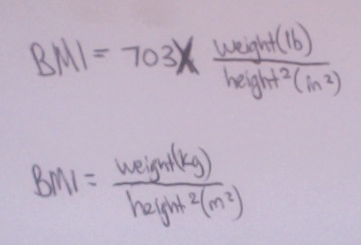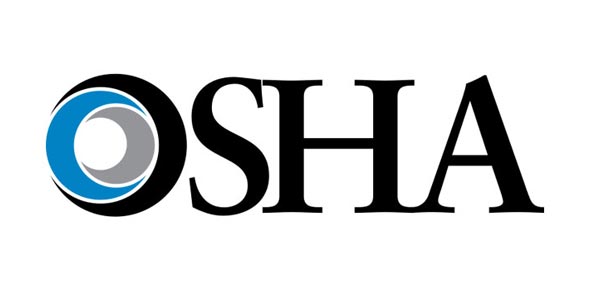Related Flashcards
Cards In This Set
| Front | Back |
|
Definition ofMuscle Imbalance
|
Alteration of muscle length surrounding a joint.
|
|
Chronic diseases associated with obesity
|
1. Cardiovascular disease2. Type 2 diabetes3. High cholesterol 4. Osteoarthritis 5. Cancer6. Pregnancy complications7. Shortened life expectancy
|
|
Formula for BMI Calculation
|
 |
|
Most common musculoskeletal injuries, and essential areas of the body to train in order to prevent these injuries.
|
1. Low back 2. Knee, especially ACL (which leads to arthritis) 3. Shoulder4. Foot and ankle
**Stabilizing muscles of the hips, upper and lower back, neck** |
|
Sprain vs Strain
|
Sprain: injured ligament
Strain: injured tendon or muscle |
|
What is Integrated Training?
|
"Integrated training is a concept that incorporates all forms of training in an integrated fashion as part of a progressive system. These forms of training include flexibility, cardiorespiratory, core, balance, plyometric, speed, agility, and resistance training.
|
|
5 Health Related Components of Fitness
|
1. Muscular strength2. Muscular endurance3. Cardiovascular endurance4. Flexibility5. Body composition
|
|
6 Skill Related Components of Fitness
|
1. Agility2. Balance3. Coordination4. Power5. Reaction time6. Speed
|
|
5 Phases of Training: OPT Model
|
1. Stabilization 2. Strength 2. Strength Endurance 3. Hypertrophy 4. Maximal Strength5. Power
|
|
Define the Human Movement System
|
The combination and interrelation of the nervous, muscular, and skeletal systems.
|
|
Three major types of muscle and their characteristics
|
1. Cardiac: striated, due to myofibrils and sarcomeres aligned side by side.2. Skeletal muscle: also striated, voluntary muscle (can be controlled).3. Smooth: not striated, involuntary (in blood vessels)
|
|
TYPICAL RESTING HEART RATE IS _______
|
Between 70 and 80 beats per minute.
|
|
Define Length-Tension relationship
|
The length at which a muscle can produce the greatest force, which is usually at resting?
|
|
What causes alterations in muscle length and how does this affect length-tension relationships?
|
Things like misaligned joints or under/overdevelopment (poor posture leads to misaligned joints leading to altered muscle length, and overdeveloping one part of the muscle does the same thing) affect length-tension relationships because if the length is altered, the muscle cannot generate enough force needed for efficient movement.
|
|
Define force-couple relationship
|
Muscle groups moving together (synergistic movement) to produce movement around a joint.
|






